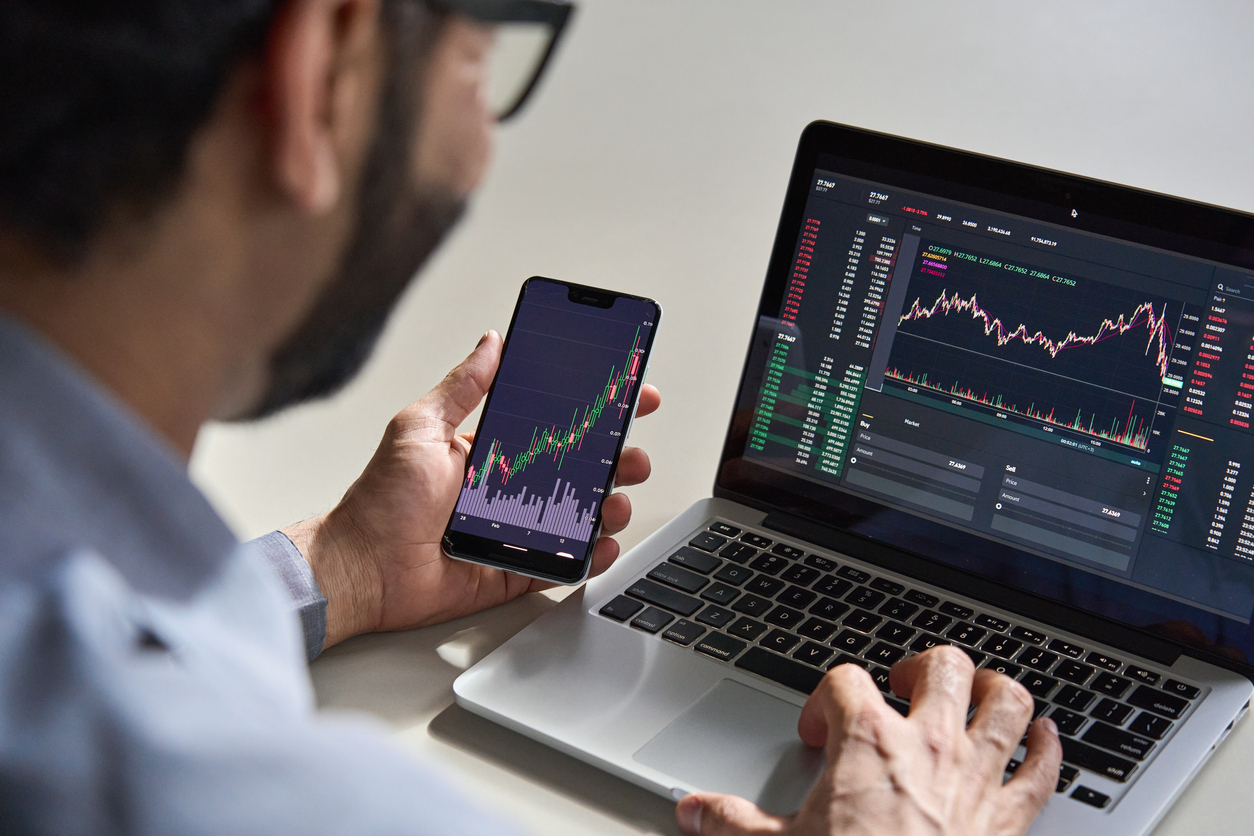
In a year dominated by the War in Ukraine, higher inflation and political upheaval, most asset classes have struggled to make headway over the year to date. According to traditional investment theory, these conditions would usually prove positive for the price of Gold.
A store of value?
Gold has been viewed as a highly valued precious metal for centuries, with the first records of Gold being considered a desirable symbol of wealth dating back as early as 4000 B.C.. Gold coins were first struck around 550 B.C. and records show that these coins were used as currency by merchants at that time.
Gold is a scarce resource, and apart from being valued both as an investment and in the form of jewellery, it is used in electronics, with small amounts of Gold being used in the production process of everyday items such as smartphones, televisions and cars.
Investors often perceive Gold as being a store of value, and it has a long-standing reputation for being a safe haven in troubled times. This has been the case during recent periods of global turmoil. Investors in Gold were rewarded in 2020, when the World was in the grip of the Covid-19 pandemic. Given the high degree of uncertainty lockdowns and restrictions caused, it is perhaps not surprising that Gold prices climbed rapidly, surpassing $2,000 an ounce for the first time.
The increased geopolitical risk caused by the Russian invasion of Ukraine also provided a temporary spike in Gold prices. The price of an ounce of Gold was $1,800 at the start of 2022, and following the Russian invasion, Gold climbed above $2,000 an ounce by early March, as investors in Equities and Bonds took flight amidst the turbulence.
An inflation hedge?
As Gold is a finite resource, the supply of Gold cannot be manipulated in the same way as currencies, where Governments and Central Banks can print paper currency to control supply and demand. In theory, this means that the value of Gold cannot be devalued in real terms, and is why many investors continue to believe Gold to be a hedge against inflation.
This should be good news for Gold investors, given the elevated levels of inflation seen around the World. Inflation in many Western economies has reached levels that have not been seen for many years, as a result of the monetary policies adopted during the Covid-19 pandemic, and the hikes in energy and food prices seen following the invasion of Ukraine. The reality for Gold prices over recent months has, however, been somewhat different. Gold has been a disappointing investment, falling by almost 20% in Dollar terms from the peak seen in March. So why has Gold underperformed this year, and should investors still consider Gold as part of a diversified portfolio?
Gold has fallen heavily since March
As we progress towards the end of 2022, inflationary pressures continue to dog wider financial markets, and the situation in the Ukraine is far from stable. The recent falls in Gold prices may, therefore, seem a little surprising. However, there are a number of key factors that have led to the underperformance of the yellow metal.
Gold as an investment can only rise and fall in value, and it doesn’t offer the investor any interest or income. This places Gold at a clear disadvantage to other investments, such as Equities or Bonds. Over recent years, when cash and Government Bonds offered little in the way of interest, the opportunity cost of holding Gold has been minimal; however, with interest rates climbing around the World, investors in Gold need to consider the lost income or dividend stream more carefully, as this forms an important part of total investment returns achieved by other asset classes.
The strength of the Dollar against other currencies has also harmed Gold’s progress. As Gold is priced in Dollars, the dominance of the US currency has led to Gold becoming more expensive for overseas investors to buy. The weak performance of Equities and Bonds during 2022 may also be a contributory factor, as investors look to the perceived value in global investment markets, which stand at a discount to levels seen at the start of the year.
Finally, with Global growth likely to slow over coming months, the likely economic slowdown could reduce demand for Gold in technological manufacturing and jewellery, which may be particularly affected by weakness in consumer confidence. The jewellery industry accounts for over 55% of global Gold demand, and a deep recession could depress prices further.
Is Gold a true diversifier?
Some investment strategies look to include an allocation to Gold within an investment portfolio, as historically Gold prices have a weak correlation with the performance of other asset classes. This has not been the case over recent months, as Gold prices have struggled in line with Equities and Bonds during the summer and autumn. It remains to be seen whether this suggests that Gold has lost it’s attraction as a portfolio diversifier, or the poor performance is just a product of a very difficult year for investors in all asset classes.
Should investors hold Gold?
When we review asset allocation, we regularly consider whether it would be appropriate to hold direct allocations to Gold. However, we usually reach the conclusion that it is difficult to justify holding Gold when investors are not rewarded with income or interest, which is a key component of total investment returns. The short and medium term prospects do not hold much appeal for us to consider an allocation to Gold, although it could have some limited use in the event of further significant geopolitical turmoil.
Holding the right asset allocation is a crucial component of an effective investment strategy. If you hold an existing portfolio of investments, let us review your asset allocation to see whether it meets your needs and objectives, and market conditions.
If you are interested in discussing the above further, please speak to one of our experienced advisers here.
The value of investments and the income they produce can fall as well as rise. You may get back less than you invested. Past performance is not a reliable indicator of future performance. Investing in stocks and shares should be regarded as a long term investment and should fit in with your overall attitude to risk and your financial circumstance.













